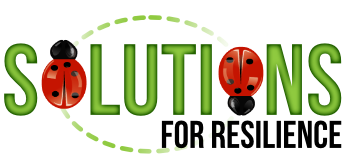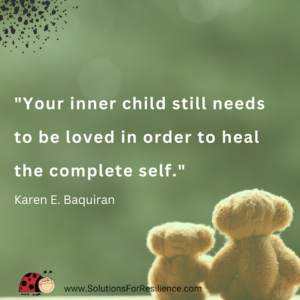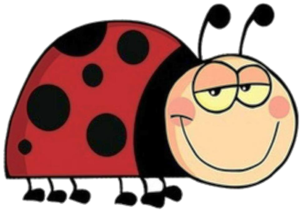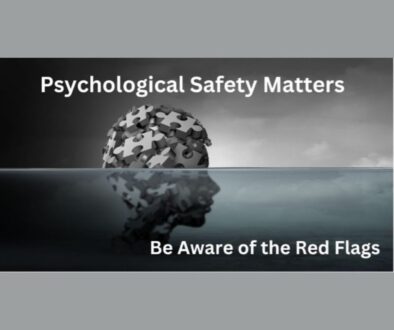Inner Child Perspective of Mindful Self-Care
Inner Child Perspective
The typical understanding of the term self-care focuses on getting a pedicure or manicure or treating yourself to a piece of chocolate. That’s all very well and good, but if we want to go deeper, we will use mindful self-care to heal from an Inner Child perspective, that is give ourselves what we did not get in our developing years.
While you read this blog about mindful self-care, I invite you to imagine that you are holding yourself as if you are holding your Inner Child. Consider your Inner Child as representing your emotional system and core beliefs, often dysfunctional. Other ways to describe Inner Child work are
- Being your own best parent (or friend)
- Reparenting yourself
- Family Reconstitution work
- Family of Origin work
- Healing Childhood Trauma
- Healing Complex Trauma
- Healing Generational Trauma
Inner Child and Attachment Theory
From birth, how our caregivers touched us, spoke to us, fed us, attended to us or neglected us helped to shape who we are. We breathed into our developing brain, that is neural pathways, and our nervous system, all of it! Research into childhood trauma such as the Adverse Childhood Experiences score (ACEs) study confirms that many of the past recommended caregiver practices were at least unhelpful and at worst traumatizing.
We used to leave babies to cry until they would collapse into sleep. Now we know that when a baby fusses, it is for a reason, either needing physical or emotional care or simply to feel bonded or attached. Attachment Theory, originally proposed by the British psychoanalyst, John Bowlby (1907 – 1990), has repeatedly been validated. The more attachment we experience in the formative years, the more emotionally safe we feel to expand out into the world. Children learn to emotionally regulate by first being in co-regulation with a caregiver. This need for connection lasts a lifetime
Indeed, many of the traditional Indigenous practices were healthy alternatives all along. Much of the white European advice of separation and independence was and is damaging to the nurturance of a flourishing human.
The good news is that we can start to fill in the gaps that our Inner Child didn’t get. We can start attending to our missing developmental needs. As a therapist, I have the responsibility to co-regulate with clients who did not get their attachment needs met. When we practice deep, mindful connection and then self-care, we are healing childhood wounds. Here we explore four ways to do that deep mend.
1. Mindful Self-care of Your Body
Sleep, Move, and Eat
From birth we need adequate sleep, movement, and nourishing food.
We allow babies to sleep until they are ready to wake, and we are pleased when they nap. Naps can boost an adult’s energy as well.
We do not stuff newborn babies’ mouths and bodies with a lot of sugar, caffeine, salt, fat, white flour, alcohol, drugs, or a cigarette. We just know these substances are not good for them. Now we have researchers who explore what happens to adult brains when we attempt to soothe our emotions with non-nourishing stuff.
The billion-dollar fitness and wellness industry basically tells us to eat better, exercise more, and get our adequate seven to eight hours sleep. So, mindfully sleep, move, and eat.
Touch and Get Touched
Additionally, babies need to be touched. The skin is the largest organ in the body. It is well known that young children who do not get enough touch often end up being diagnosed with failure to thrive, that is not gaining enough weight.
Touch, whether it is holding, stroking, or hugging, increases serotonin levels, which are related to pleasurable emotions, increases the I-feel-loved hormone, oxytocin, minimizes loneliness, and helps calm the nervous system through a sense of connection.
The famous family therapist, Virginia Satir, declared,
We need 4 hugs a day for survival. We need 8 hugs a day for maintenance. We need 12 hugs a day for growth.”
If you are not getting your touching needs met, consider deliberately giving and getting hugs, adopting a pet, getting regular massages, and even hugging yourself or giving yourself a facial massage.
Here is and Inner Child Perspective — First Steps to Inner Child Work: A Guided Journey
2. Mindful Self-care of Your Brain
Years ago, I was on a team that worked with a child living with cerebral palsy. We manipulated his arms and legs to stimulate the crawling reflex. The idea was to train the brain to send signals to his muscles to crawl. The left-right movement was important. Crawling, left, right, left, right helps stimulate different parts of our brain. The importance of the mind-body connection is well known.
We know that the brain and nervous system of the baby respond to our facial expressions, body language, and our coos and lullabies. Not just our words but our pitch, pace and tone give cues of safety. Then gradually meaning of words are added to neural development of the brain.
Neural pathways are created that develop our beliefs and self-concept – negative, neutral, or positive. We carry these neurons into our adult years. I had a strong network built around the belief; I am stupid.
Most dysfunctional thought patterns start in childhood. Some of the negative beliefs include I am not smart enough, good enough, pretty enough, successful enough or, simply, not enough. Try to catch thoughts involving over generalizations, jumping to conclusions, and labeling or judging. Catch words such as have to, should, can’t and shaming labels such lazy, stupid, idiot, useless, brat, bad, undeserving, or worthless. Catch how you end sentences that begin with I am.
We want to replace these stinking thinking tendencies with the truth of you. You were born lovable, perfectly imperfect, and resilient to adapt and change. As adults we can build healthier neural pathways and grow ourselves into Wise Adults and begin to tell our Inner Child another story:
- You are lovable.
- You are capable.
- You are good enough.
- You know enough.
- You have strengths to give the world.
- You can.
Here are messages you can give yourself, from your Wise Adult Self to your wounded Inner Child:
-
- What happened to you was not your fault. You had little or no choice or control.
- It’s not your fault that older people did not heal their own wounded child and then hurt you.
- Just like anyone else, you deserve to have your human needs met.
- You need your human needs met, such as connection to loving people.
- You deserve to have a place where your emotions are not only accepted but welcomed, where your fears are heard, seen, and acknowledged.
- You are not alone. I am now present. I am now aware. I am resilient. I have choices and support. I can now protect you. I can set boundaries. I can say yes or no to others. I have wisdom and resources that I didn’t have when you were little.
Retelling our story with a compassionate Wise Adult voice is genuine self-care! Yes, talking to yourself is helpful and it is ok to answer yourself . . . on the condition it is done with kindness. Remember, don’t verbally abuse your Inner Child! Rather, consider singing love songs to yourself. Humming and singing not only soothe babies’ nervous systems but ours too.
What are some of the thought patterns you could gently transform into self-care messages?
3. Mindful Self-care of Your Emotions
Many of us were socialized to deny, even become unaware of our emotional selves. Emotions, which consist of body sensations and signals, tell us everything about who we are.
When we push down and repress activated emotions, we can create our own illness. Integrative Medicine practitioner, Dr. Bal Pawa, states that 75% of what we take to the doctor is because we do not manage our stress. When we don’t feel emotionally safe, our nervous system triggers survival responses such as anger, fear, defensiveness, hopelessness, or despair.
Just like babies who cry to get their needs for connection and safety met, we are wise to acknowledge our feelings and attend to them. Notice them. Embrace them. Reach out for connection if you lose the ability to attend to yourself. Yes, have a list of at least three people, whom you know are there for you.
Conclusion
Notice the next time you ask yourself, “Why am I acting so childishly?” It just might mean you have an opportunity to demonstrate mindful self-care from an Inner Child perspective.
Please check out these related posts:
- First Steps to Heal Your Inner Child
- Explore Your Childhood Wounds to Be a More Resilient Adult
- Stress and Trauma: Understand the Difference in Meaning and Experience





